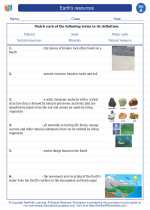What is Glass?
Glass is a solid material that is typically transparent and made by melting sand and other ingredients at high temperatures.
Properties of Glass
- Transparent: Glass allows light to pass through, making it useful for windows and lenses.
- Brittle: Glass can break easily if dropped or subjected to force.
- Non-porous: Glass does not absorb liquids, making it a popular choice for containers and bottles.
Types of Glass
- Soda-lime glass: The most common type of glass used for windows, bottles, and tableware.
- Borosilicate glass: Known for its resistance to thermal shock, often used in laboratory equipment and kitchenware.
- Tempered glass: Heat-treated for increased strength and safety, commonly used in car windows and shower doors.
Uses of Glass
- Windows and doors: Glass is used in buildings for windows and doors to allow natural light into the space.
- Containers: Glass containers are used for storing food, beverages, and other products due to their non-porous nature.
- Optical lenses: Glass is used in the production of eyeglasses, cameras, and telescopes due to its transparency and ability to refract light.
Fun Facts about Glass
- The earliest known glass objects were made in Egypt around 1500 BCE.
- Glass can be recycled indefinitely without losing quality or purity.
.
◂Science Worksheets and Study Guides First Grade. Earth's resources
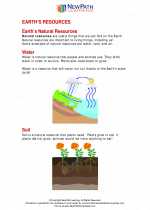
 Worksheet/Answer key
Worksheet/Answer key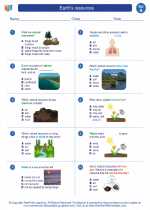
 Worksheet/Answer key
Worksheet/Answer key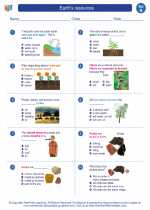
 Worksheet/Answer key
Worksheet/Answer key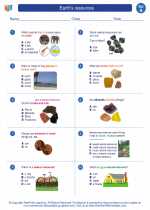
 Vocabulary/Answer key
Vocabulary/Answer key
 Vocabulary/Answer key
Vocabulary/Answer key